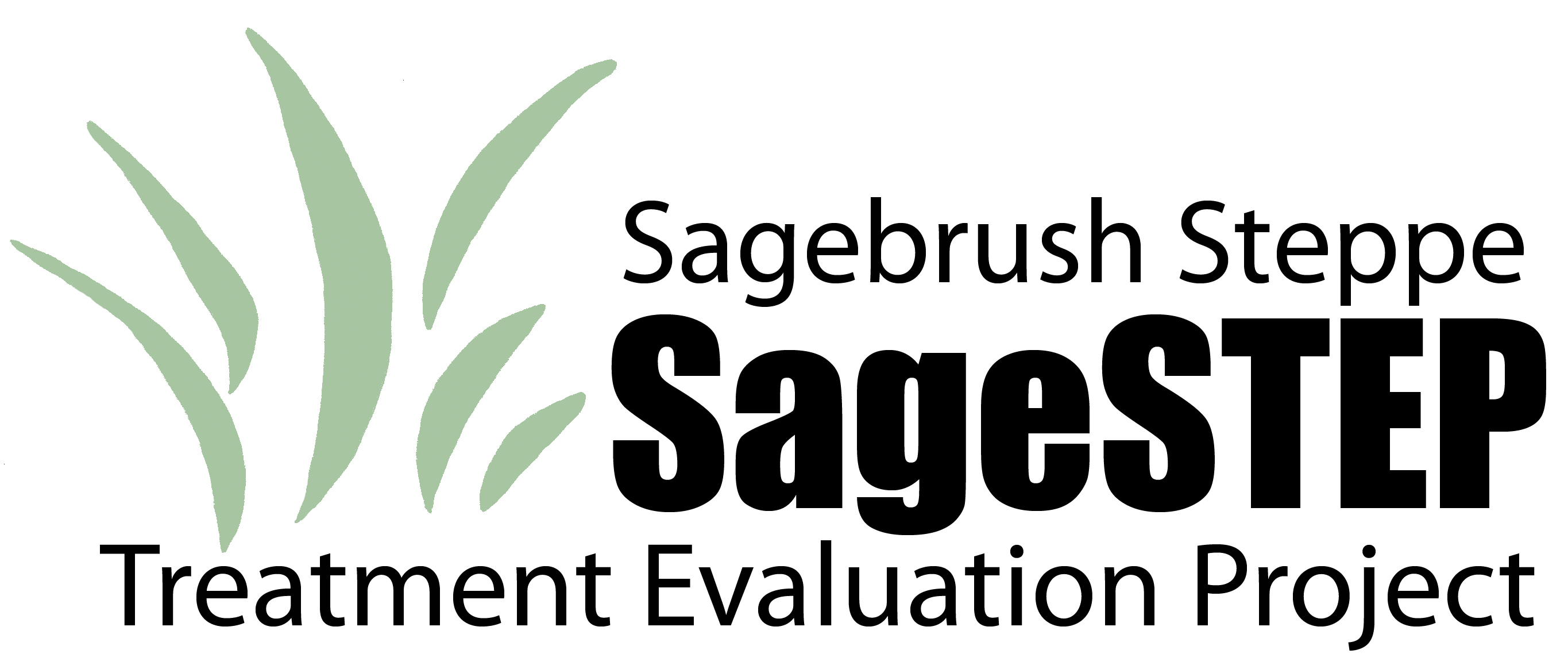Document Type
Article
Journal/Book Title/Conference
Rangeland Ecology & Management
Volume
67
Issue
5
Publisher
Society for Range Management
Publication Date
9-2014
First Page
495
Last Page
505
Creative Commons License

This work is licensed under a Creative Commons Attribution-Noncommercial-No Derivative Works 4.0 License.
Abstract
Managers reduce piñon (Pinus spp.) and juniper (Juniperus spp.) trees that are encroaching on sagebrush (Artemisia spp.) communities to lower fuel loads and increase cover of desirable understory species. All plant species in these communities depend on soil water held at &spigt; -1.5 MPa matric potential in the upper 0.3 m of soil for nutrient diffusion to roots and major growth in spring (resource growth pool). We measured soil water matric potentials and temperatures using gypsum blocks and thermocouples buried at 0.01–0.3 m on tree, shrub, and interspace microsites to characterize the seasonal soil climate of 13 tree-encroached sites across the Great Basin. We also tested the effects of initial tree infilling phase and tree control treatments of prescribed fire, tree cutting, and tree shredding on time of available water and soil temperature of the resource growth pool on nine sites. Both prescribed fire and mechanical tree reduction similarly increased the time that soil water was available (matric potential &spigt; -1.5 MPa) in spring, but this increase was greatest (up to 26 d) when treatments were applied at high tree dominance. As plant cover increased with time since treatment, the additional time of available water decreased. However, even in the fourth year after treatment, available water was 8.6 d and 18 d longer on treatments applied at mid and high tree dominance compared to untreated plots, indicating ongoing water availability to support continued increases in residual plants or annual invaders in the future. To increase resistance to invasive annual grasses managers should either treat at lower or mid tree dominance when there is still high cover of desirable residual vegetation or seed desirable species to use increased resources from tree reduction. This strategy is especially critical on warmer sites, which have high climate suitability to invasive species such as cheatgrass (Bromus tectorum L.)
Recommended Citation
Roundy, B.A., K. Young, N. Cline, A. Hulet, R.F. Miller, R.J. Tausch, J.C. Chambers, and B. Rau. 2014. Piñon-Juniper reduction increases soil water availability of the resource growth pool. Rangeland Ecology and Management 67:495-505.



